Quick specs
- NRF52840 - 1MB Flash, 256KB RAM (NRF5340 being evaluated)
- 32MB Flash
- 1.8W Monocrystaline solar panel
- 1.8” OLED screen (Laminated with the solar panel, pics coming soon)
- USB-C for firmware and script loading
- External micro-SIM - there is a SIM internally too
- Multiport A & B - 9pin waterproof connector
- Push-button (ON/OFF & Force upload data)
- 3500mA/h Battery
2021 - NEW DESIGN!!! YAY!!

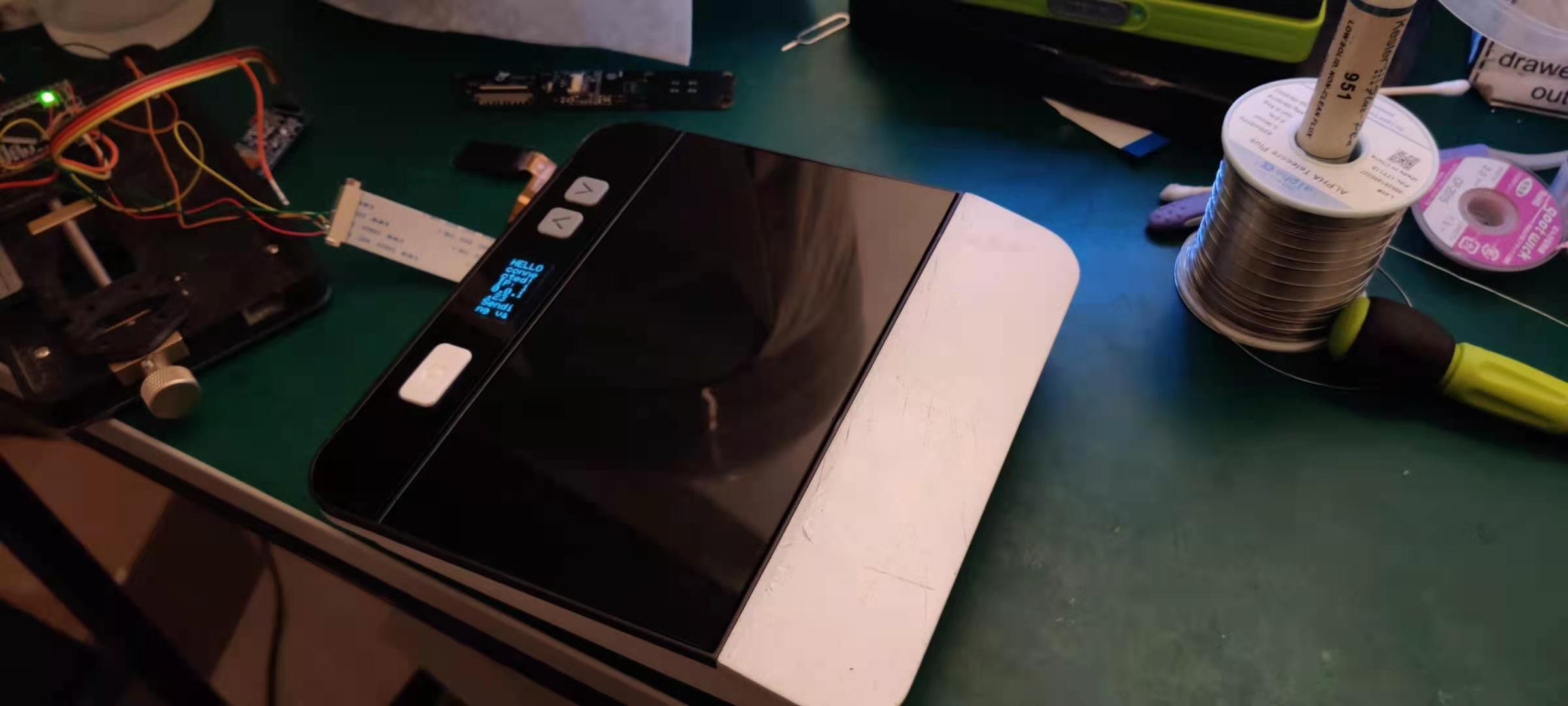

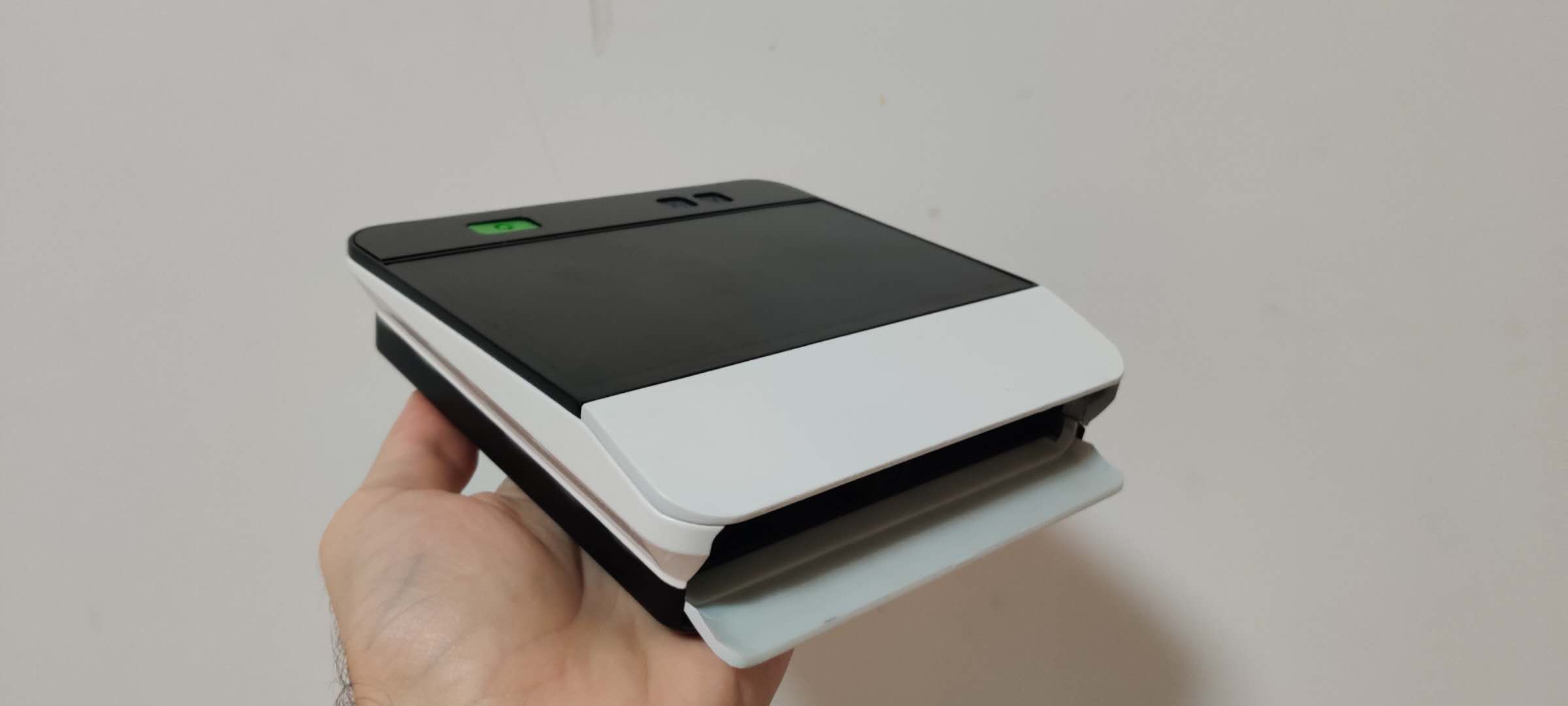

Multiports and Sliding block System
As part of its connectivity, Pulse has 2 Multiports and a sliding block interface. This allows you to connect sensors and actuators directly on the 2 Multiports or slide in a pre-made module or your own module.

Some examples of our first batch of modules.

This is how the modules slide into Pulse. Still working on the waterproofing of them.

How the modules look from the bottom of Pulse



Connectivity
Programmability
I/O
 MG
MG

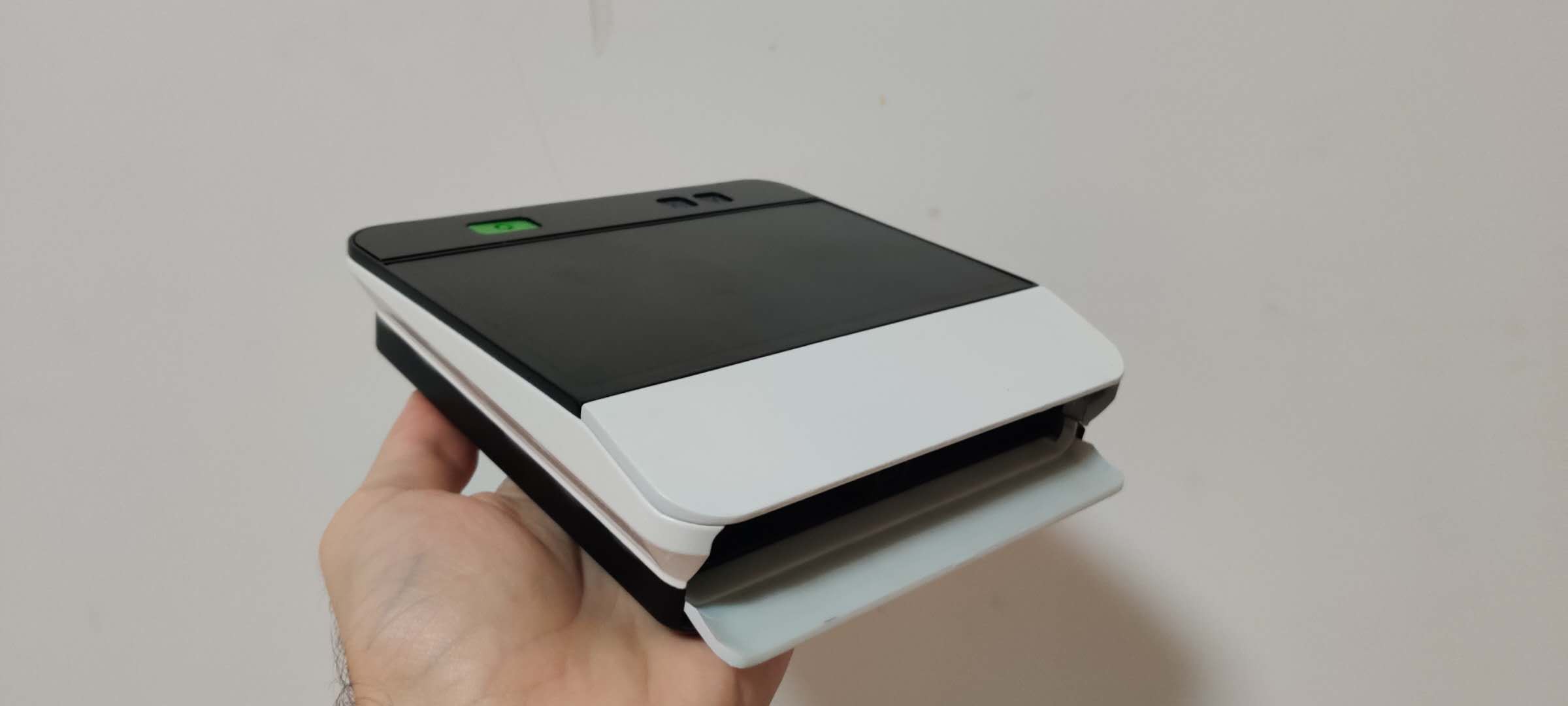
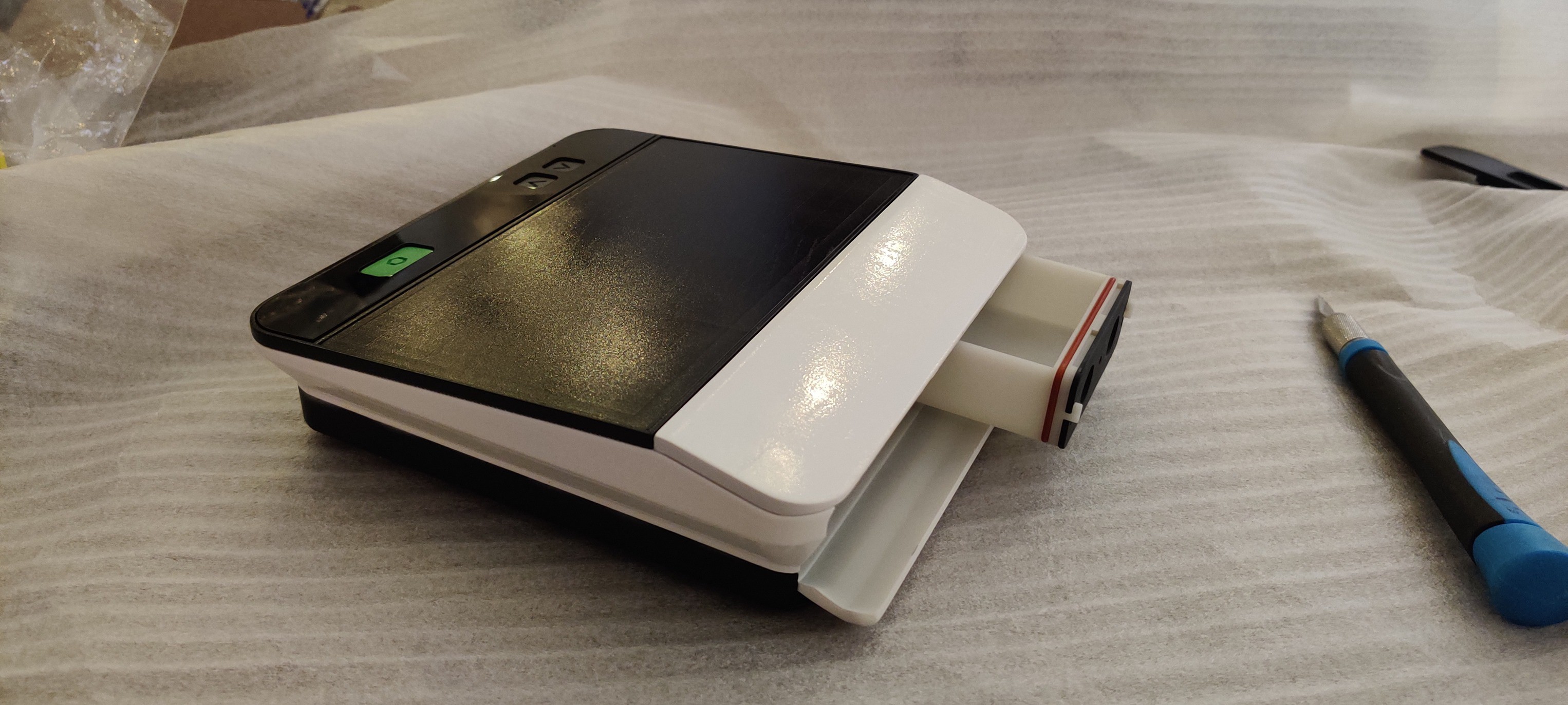
















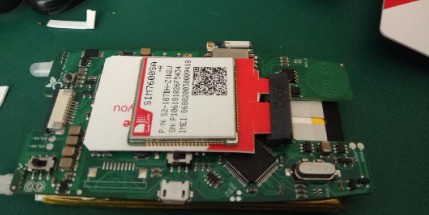







 Hpsaturn
Hpsaturn
 Gerrit Niezen
Gerrit Niezen
 electrobob
electrobob
 PK
PK
How much data are you planning to send?
Because LoRaWan would be great with something like this i guess.